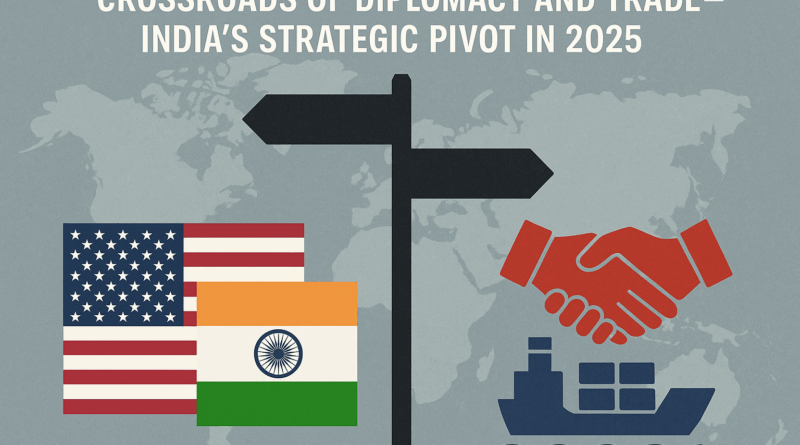Tariffs, Talent, and Tech: The Crossroads of U.S.–India Relations
September 2025 has turned into a month where trade, talent, and technology collide on the global stage. The United States, under President Donald Trump, has unveiled a series of policy maneuvers that have jolted boardrooms in Silicon Valley and Bengaluru alike — tariffs on Indian goods, a dramatic fee hike on H-1B visas, and a rallying cry for American dominance in artificial intelligence. Together, these moves reveal both the tensions and opportunities defining one of the world’s most critical bilateral relationships.
The tariff standoff has been the most visible flashpoint. Washington slapped steep duties on Indian imports, doubling costs for several sectors overnight. For exporters in India, this was a gut punch. Yet amid the noise, optimism flickers: trade teams from both sides are back at the table, with India’s commerce minister expected to travel to Washington to negotiate a rollback or reduction of the punitive levies. Both governments know that letting the issue fester risks damaging a partnership too valuable to derail.
At the same time, another storm is brewing in immigration. The H-1B visa, long the gateway to the American dream for thousands of Indian engineers and tech workers, suddenly carries a staggering $100,000 annual fee. For workers and employers alike, the math has changed dramatically. Indian IT majors warn of disruption, while employees are scrambling to reassess their options. Some fear the dream is slipping away; others see in this a chance for India to nurture talent at home, catalyzing a stronger domestic tech ecosystem. The fee hike may close one door, but it could also open another — one that leads to self-reliance and a reverse flow of innovation back into India.
Overlaying these disputes is a broader, more ambitious vision emerging from Washington. Trump, flanked by CEOs like Tim Cook, Sam Altman, and Satya Nadella at recent state dinners and summits, has made clear that AI will be the centerpiece of America’s technological strategy. Policy, investment, and regulation are aligning to secure not only leadership in AI research but also control of the chips, data, and talent that fuel it. The tariffs, the visa reforms, even the rhetoric around supply chains all tie into this single narrative: America wants to build at home, secure its edge, and reduce dependency on rivals.
For India, this moment is delicate but decisive. Tariffs may sting, visas may close, but each challenge underscores the need to accelerate investments in semiconductors, AI, and homegrown innovation. The road ahead is not about choosing between protectionism and partnership, but about finding a balance where two great nations — tied by trade, talent, and tech — can compete, collaborate, and ultimately grow together.
As September closes, the question remains: will these policies drive the world into fragmentation, or will they force a reimagining of globalization itself? One thing is certain — the next chapter of U.S.–India relations will not be written only in diplomatic communiqués but in the factories, labs, and classrooms where the future of technology is being built.





